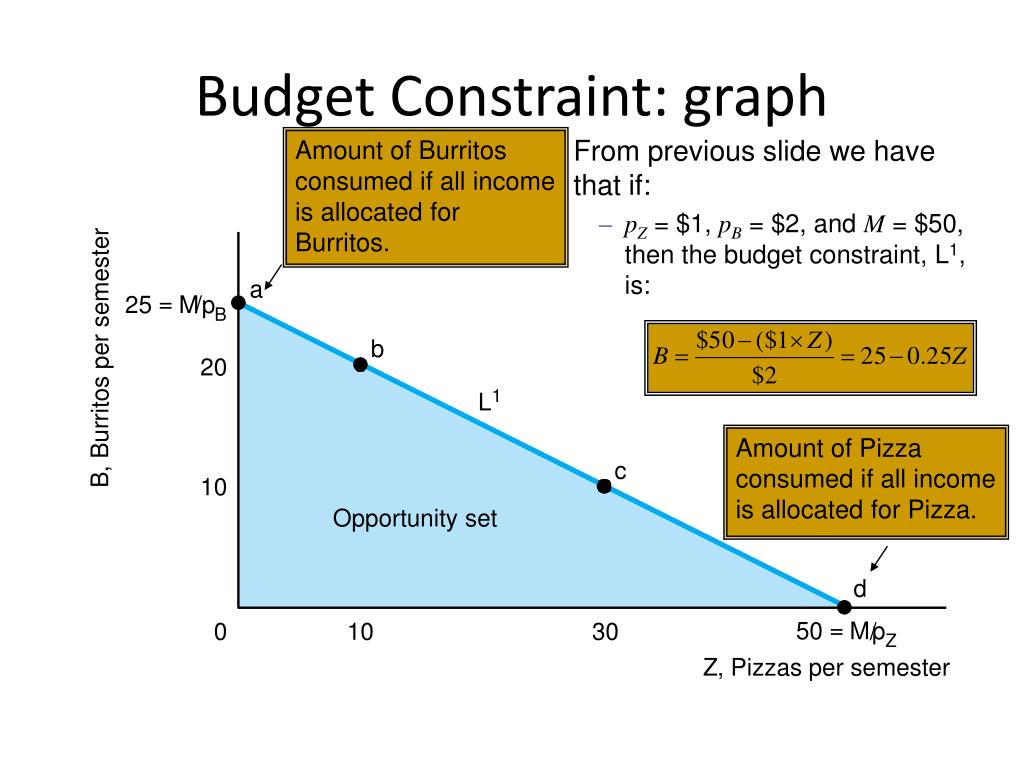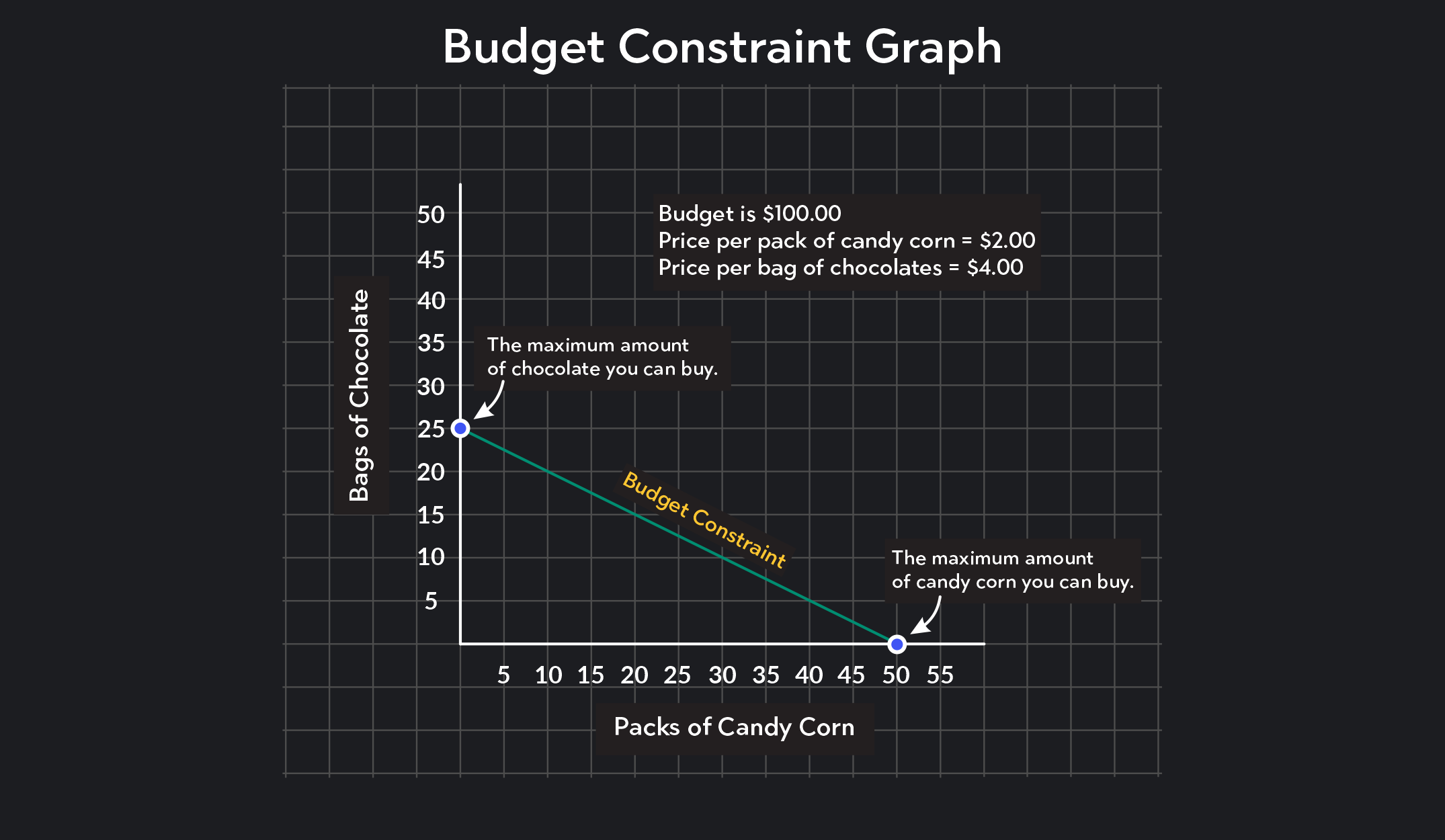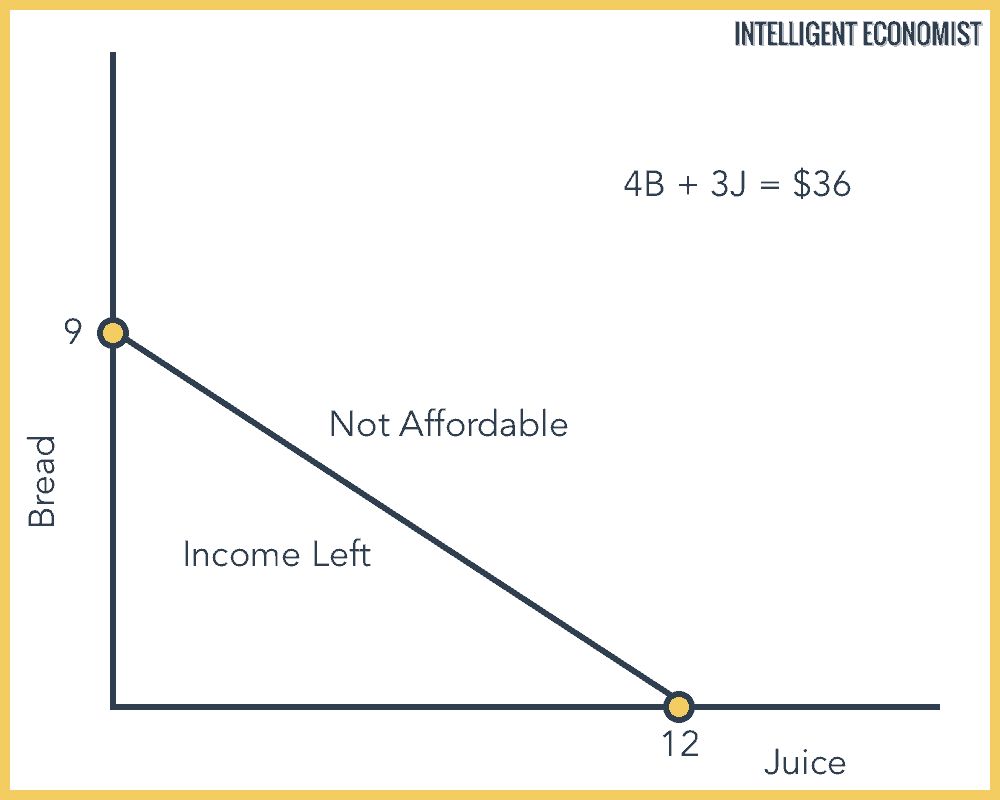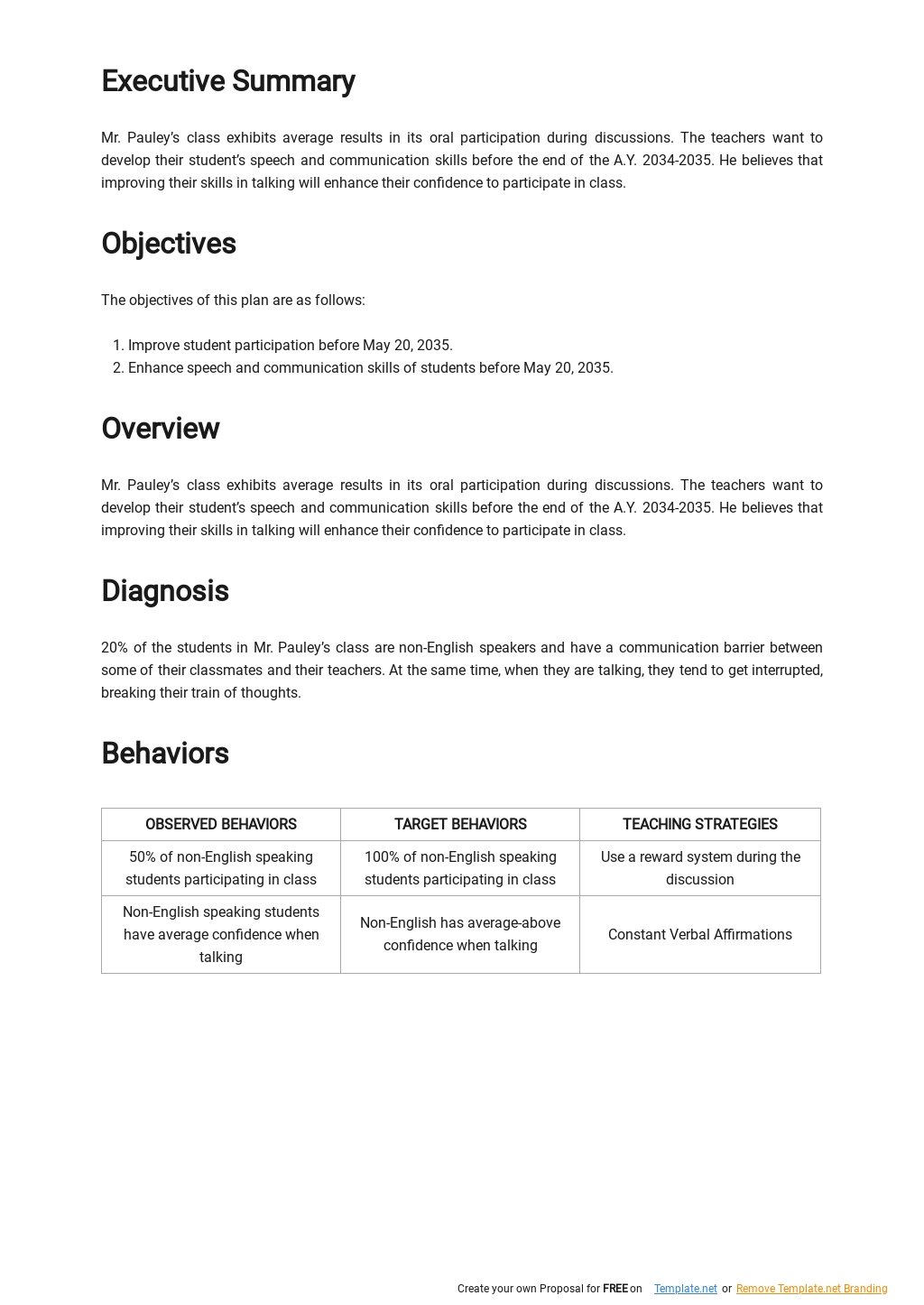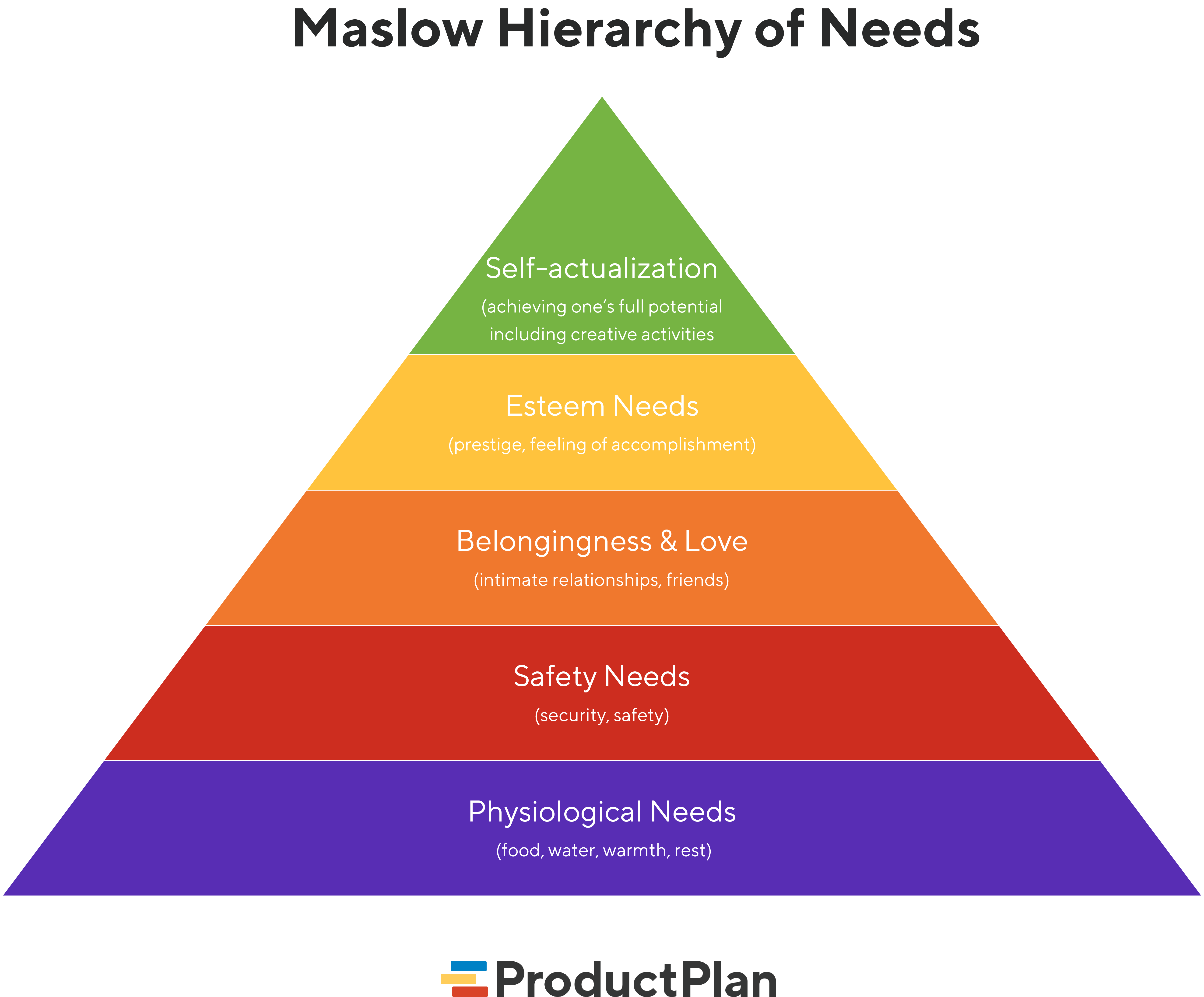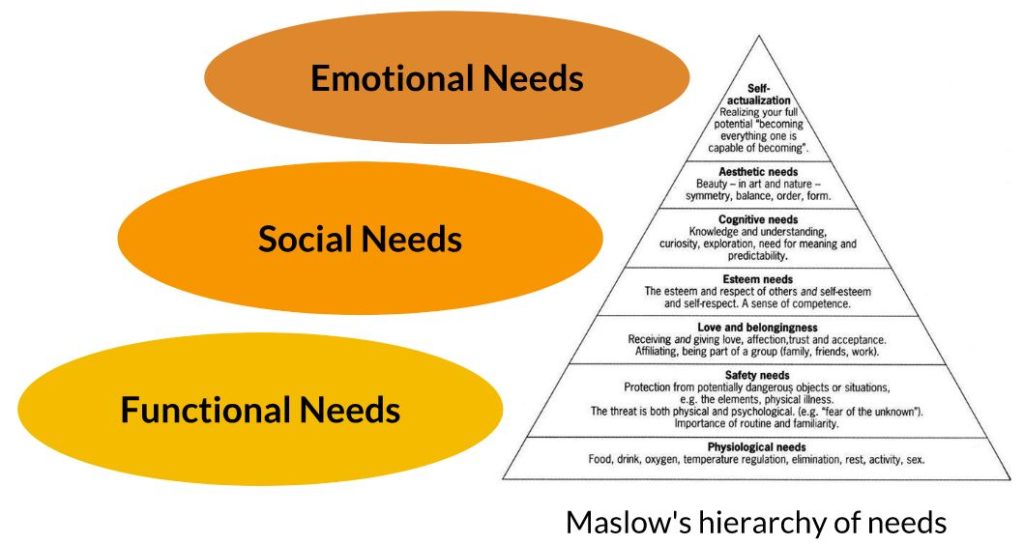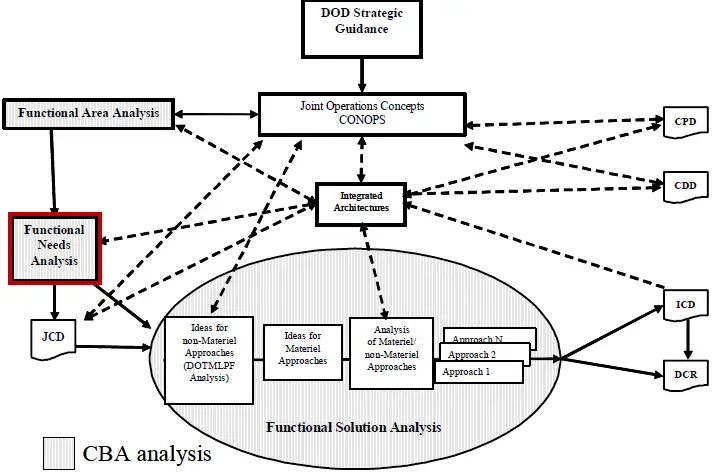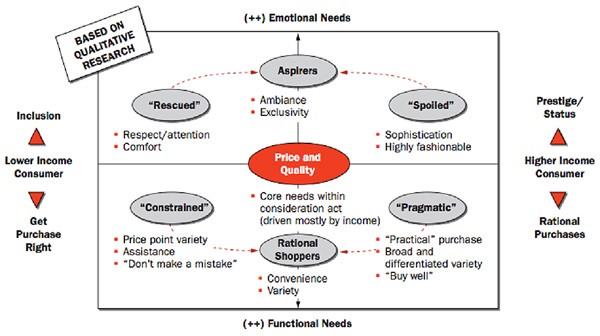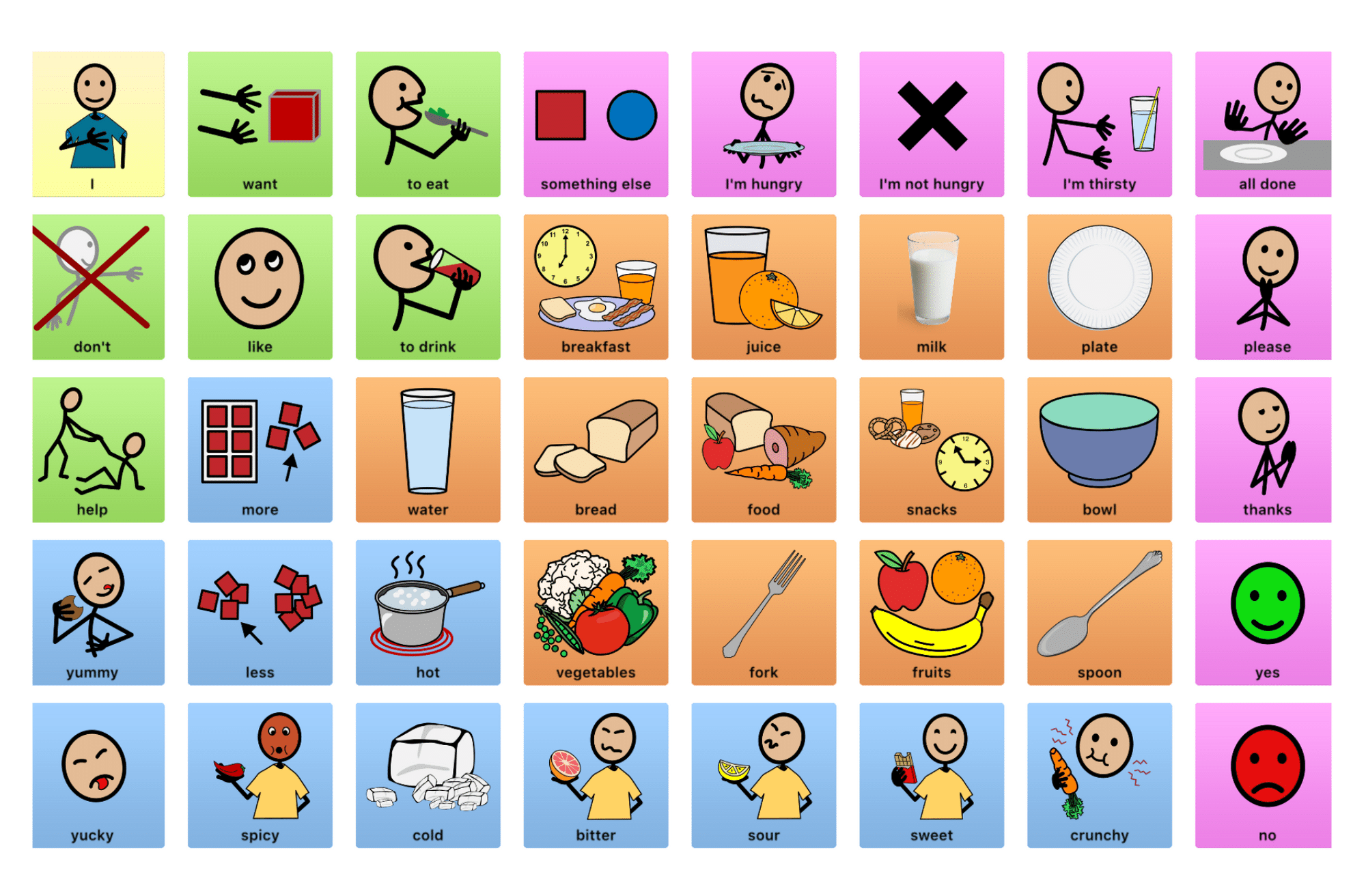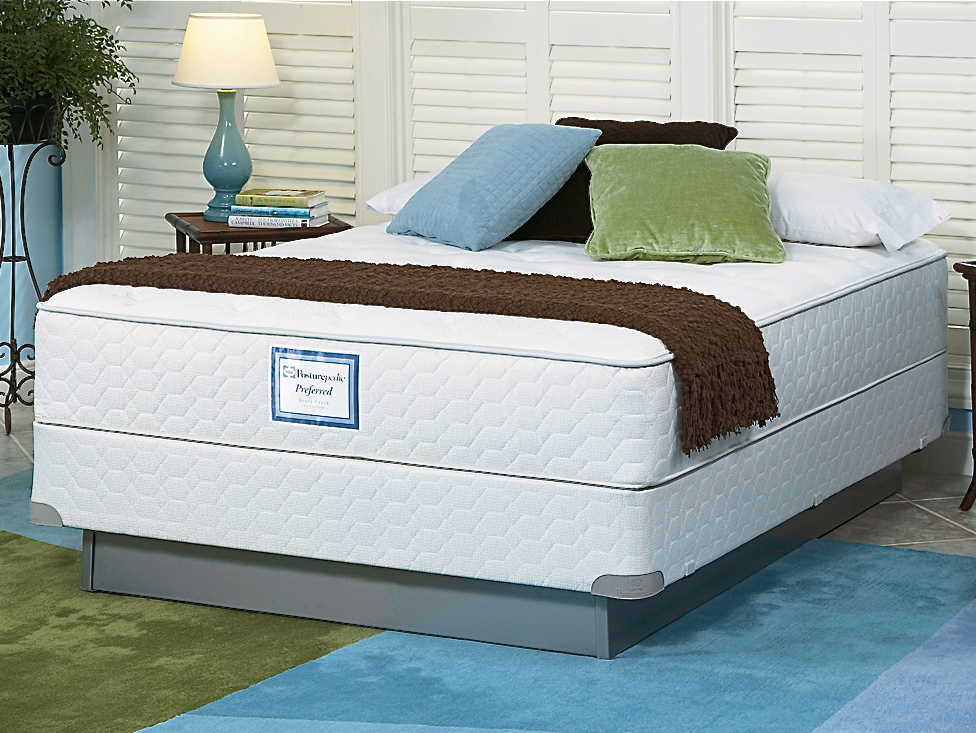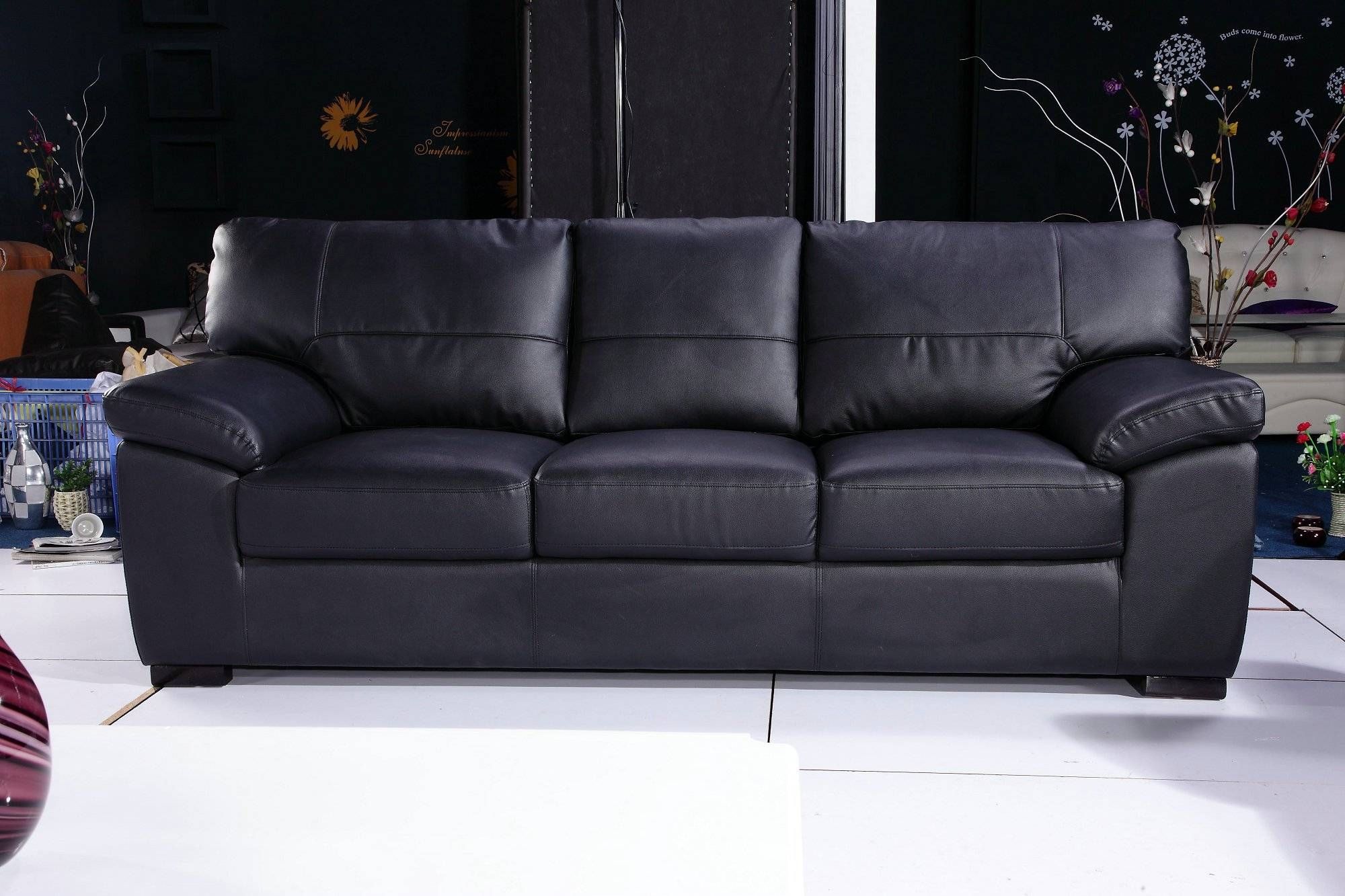The design of a kitchen is heavily influenced by cultural factors. Culture refers to the beliefs, behaviors, and customs of a particular group of people. Different cultures have different preferences when it comes to kitchen design, which can be seen in the use of materials, colors, and layout. For example, in Asian cultures, the kitchen is often seen as the heart of the home and is designed to be a multi-functional space for cooking, eating, and socializing. In Western cultures, the focus is more on efficiency and functionality, with modern appliances and sleek designs being more common.Cultural Influences
The architectural style of a home also plays a significant role in kitchen design. Architecture refers to the overall design and structure of a building. A traditional home may have a more classic and ornate kitchen design, while a modern home may have a more minimalist and sleek design. The architectural style also affects the layout and functionality of a kitchen, as certain styles may have specific requirements or limitations.Architectural Styles
With the constant advancements in technology, kitchen design has also evolved to incorporate new technologies and appliances. Smart kitchens, equipped with voice-activated assistants and appliances with touch screens, are becoming more popular. These advancements not only add convenience but also influence the design and layout of a kitchen. For example, a kitchen with a large island may now have a built-in charging station for electronic devices.Technology Advancements
Social trends also have an impact on kitchen design. Social trends refer to the current preferences and behaviors of society. For example, the rise of the health and wellness movement has led to an increase in demand for open and airy kitchen designs, with space for growing herbs and vegetables. The trend of open-concept living has also influenced kitchen design, as many homeowners now want their kitchen to be seamlessly integrated with their living and dining areas.Social Trends
Environmental factors play a significant role in kitchen design as well. Environmental factors refer to the physical surroundings and conditions of a particular area. For instance, a kitchen located in a warm climate may incorporate large windows or a patio door to allow for natural light and ventilation. In colder climates, energy-efficient appliances and proper insulation may be more important in kitchen design.Environmental Factors
Ergonomic principles are essential to consider when designing a kitchen. Ergonomics refers to the science of designing and arranging things so that people can use them efficiently and safely. A kitchen that is ergonomically designed will have a layout and features that are comfortable and convenient for the user. This may include proper counter and cabinet heights, easy-to-reach appliances, and well-placed lighting.Ergonomic Principles
The design of a kitchen is also influenced by historical traditions. Each culture and region has its own traditions and customs when it comes to kitchen design. For example, in Mediterranean countries, kitchens may have a more rustic and traditional look, with tiled floors and hand-painted tiles. In contrast, a kitchen in an English cottage may have a cozy and quaint design with vintage-inspired details.Historical Traditions
Personal preferences play a significant role in kitchen design as well. Each individual has their own tastes and preferences when it comes to the design of their kitchen. Some may prefer a more traditional and cozy feel, while others may want a sleek and modern design. Personal preferences also come into play when it comes to color choices, materials, and overall style.Personal Preferences
One of the most significant factors that influence kitchen design is budget. The available budget for a kitchen renovation or remodel will greatly impact the design choices and materials used. A larger budget may allow for high-end appliances, custom cabinetry, and luxury finishes, while a smaller budget may require more cost-effective options. However, with proper planning and creativity, a beautiful and functional kitchen can be achieved at any budget.Budget Constraints
Last but not least, the functional needs of a household greatly influence kitchen design. The layout and features of a kitchen should cater to the specific needs and habits of those who will be using it. For example, a family with young children may require a kitchen with durable and easy-to-clean surfaces, while a professional chef may need a kitchen with top-of-the-line appliances and ample counter space.Functional Needs
Kitchen Design is Influenced by Various Factors

The Layout of the House
 One of the key factors that greatly influences kitchen design is the layout of the house. This includes the size and shape of the kitchen space, as well as its location in relation to other rooms in the house. A kitchen that is open to the living room or dining area may have a different design than one that is a separate, closed-off space. The layout also determines the flow and functionality of the kitchen, which can greatly impact the design choices.
One of the key factors that greatly influences kitchen design is the layout of the house. This includes the size and shape of the kitchen space, as well as its location in relation to other rooms in the house. A kitchen that is open to the living room or dining area may have a different design than one that is a separate, closed-off space. The layout also determines the flow and functionality of the kitchen, which can greatly impact the design choices.
The Homeowner's Lifestyle and Needs
 The kitchen is the heart of the home and its design should reflect the lifestyle and needs of the homeowner. For example, if the homeowner loves to cook and entertain, they may opt for a larger kitchen with a spacious island and plenty of seating. On the other hand, a busy family may require a more functional and practical design with ample storage and easy-to-clean surfaces. The homeowner's preferences and daily routines play a crucial role in determining the design of their kitchen.
The kitchen is the heart of the home and its design should reflect the lifestyle and needs of the homeowner. For example, if the homeowner loves to cook and entertain, they may opt for a larger kitchen with a spacious island and plenty of seating. On the other hand, a busy family may require a more functional and practical design with ample storage and easy-to-clean surfaces. The homeowner's preferences and daily routines play a crucial role in determining the design of their kitchen.
Cultural and Regional Influences
 Another factor that influences kitchen design is cultural and regional influences. Different cultures have their own unique cooking and dining traditions, which can impact the design of their kitchens. For example, a Mediterranean kitchen may have a heavy focus on natural materials and a large, communal dining table, while an Asian-inspired kitchen may have a minimalistic design with a focus on functionality. Regional influences, such as climate and availability of local materials, can also shape the design of a kitchen.
Another factor that influences kitchen design is cultural and regional influences. Different cultures have their own unique cooking and dining traditions, which can impact the design of their kitchens. For example, a Mediterranean kitchen may have a heavy focus on natural materials and a large, communal dining table, while an Asian-inspired kitchen may have a minimalistic design with a focus on functionality. Regional influences, such as climate and availability of local materials, can also shape the design of a kitchen.
Technological Advancements
 Technology has greatly influenced kitchen design in recent years. From smart appliances and touchless faucets to built-in charging stations and voice-activated assistants, homeowners now have a plethora of options to choose from when designing their kitchen. These advancements not only add convenience and efficiency to the kitchen but also impact the overall design aesthetic.
Technology has greatly influenced kitchen design in recent years. From smart appliances and touchless faucets to built-in charging stations and voice-activated assistants, homeowners now have a plethora of options to choose from when designing their kitchen. These advancements not only add convenience and efficiency to the kitchen but also impact the overall design aesthetic.
Personal Style and Preferences
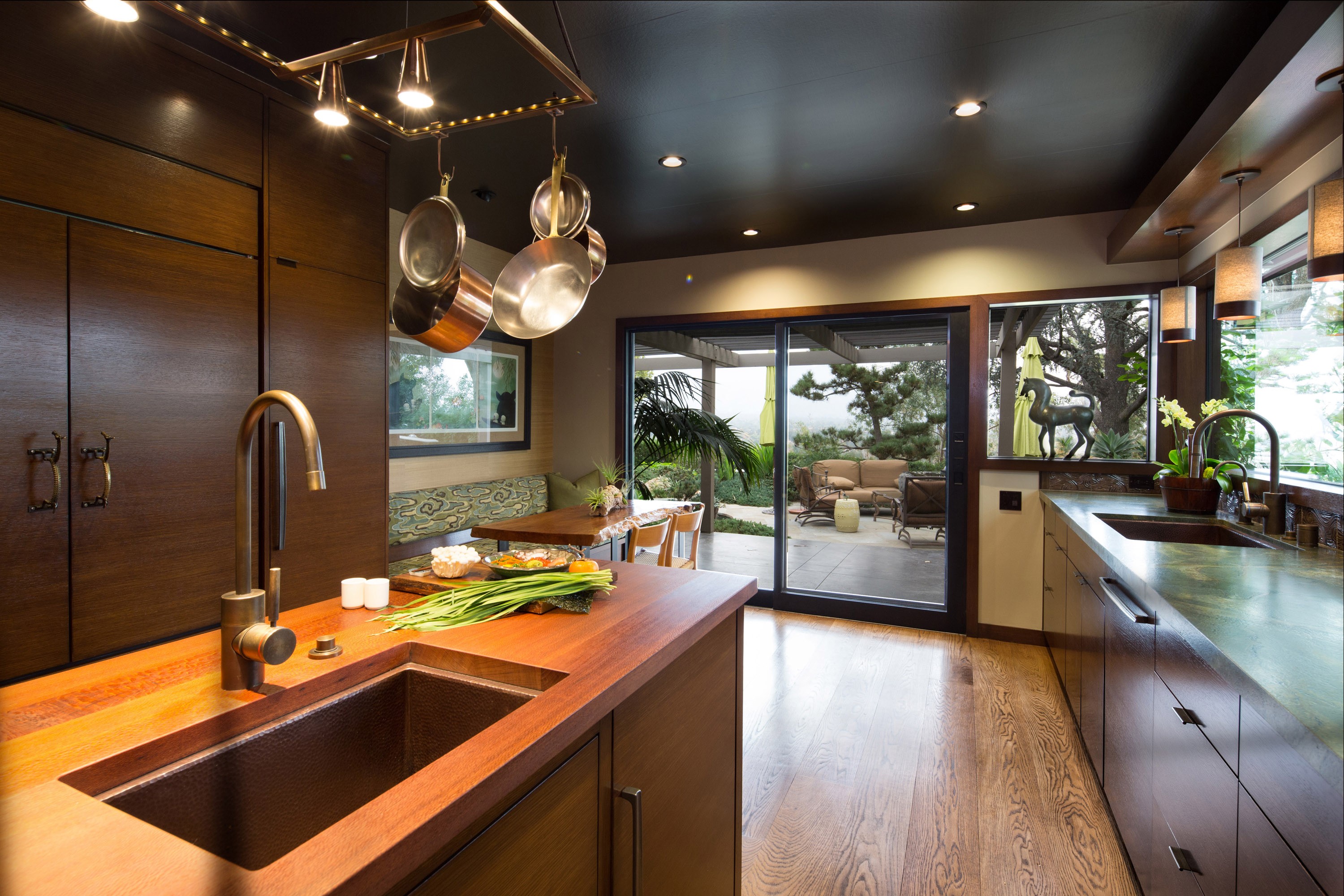 Last but not least, personal style and preferences play a major role in kitchen design. Some homeowners may prefer a traditional, classic look with ornate details and warm colors, while others may opt for a modern, sleek design with clean lines and bold colors. The design of the kitchen should reflect the homeowner's personality and create a space that they feel comfortable and happy in.
In conclusion, kitchen design is a highly personal and multifaceted process that is influenced by various factors. From the layout of the house to cultural influences and personal style, each element plays a crucial role in creating a functional and visually appealing kitchen that meets the homeowner's needs and preferences. By considering these factors, homeowners can design a kitchen that not only looks beautiful but also enhances their daily lives.
Last but not least, personal style and preferences play a major role in kitchen design. Some homeowners may prefer a traditional, classic look with ornate details and warm colors, while others may opt for a modern, sleek design with clean lines and bold colors. The design of the kitchen should reflect the homeowner's personality and create a space that they feel comfortable and happy in.
In conclusion, kitchen design is a highly personal and multifaceted process that is influenced by various factors. From the layout of the house to cultural influences and personal style, each element plays a crucial role in creating a functional and visually appealing kitchen that meets the homeowner's needs and preferences. By considering these factors, homeowners can design a kitchen that not only looks beautiful but also enhances their daily lives.













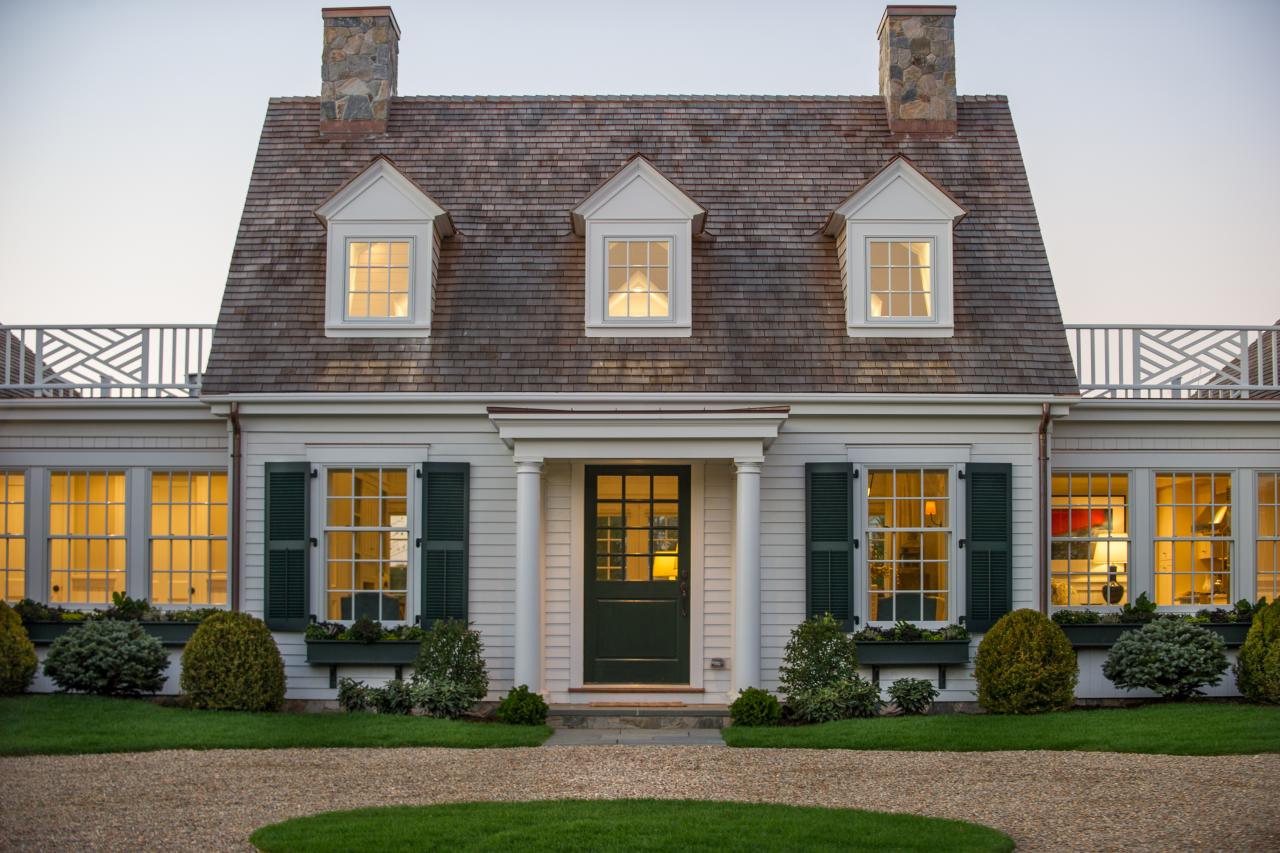
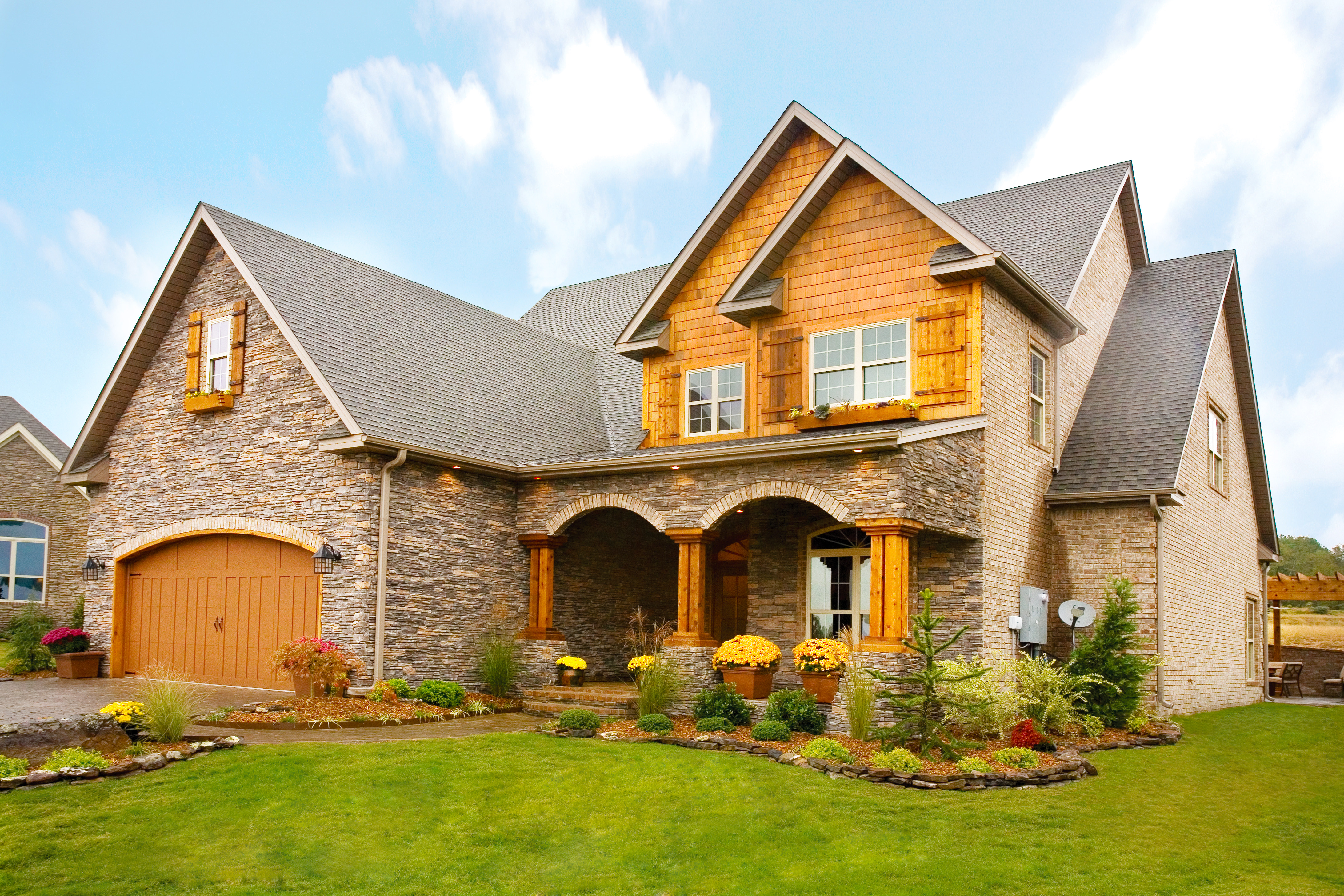
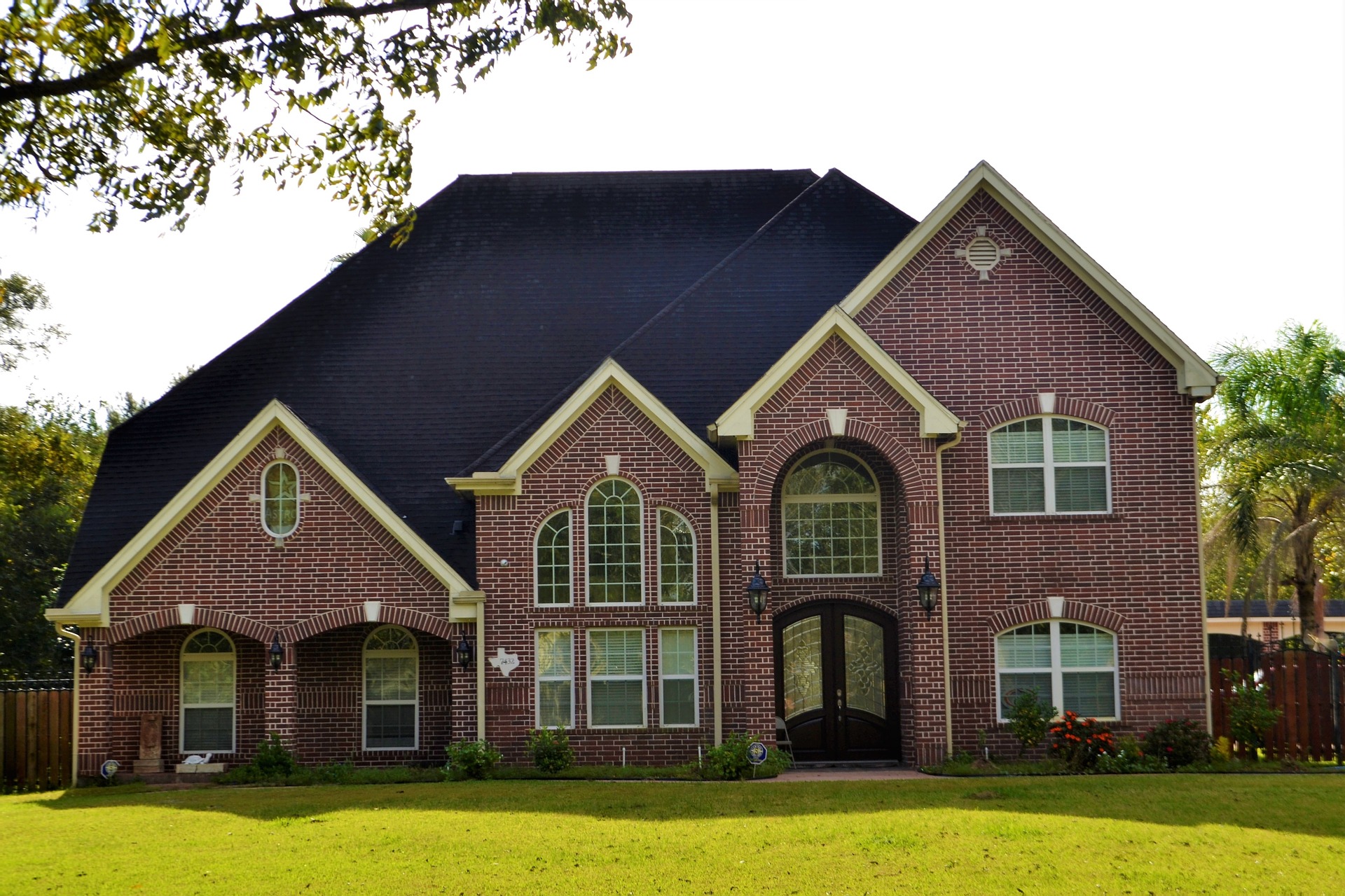


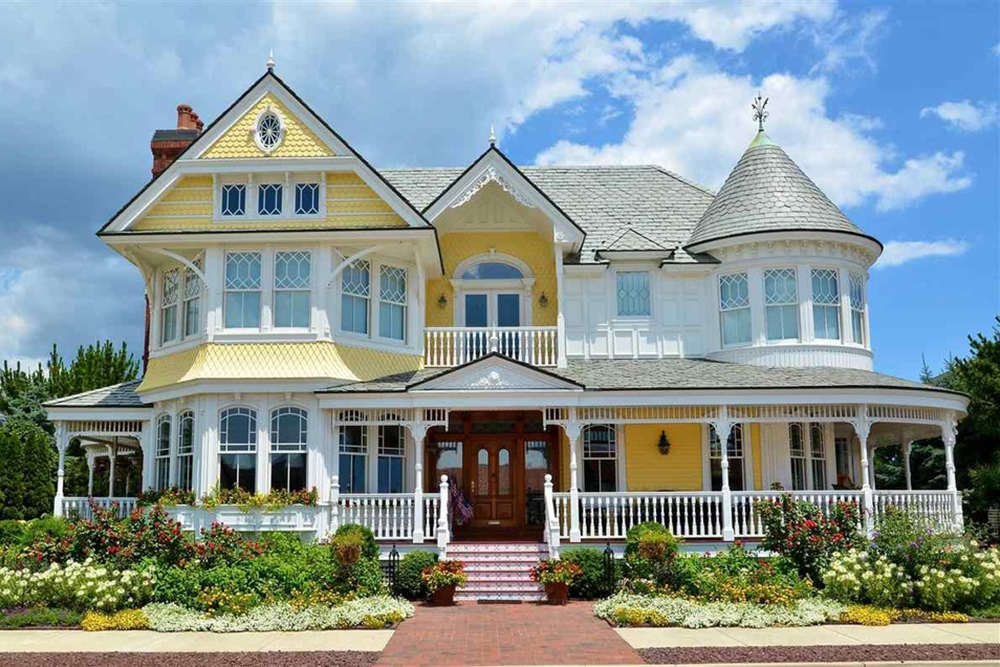































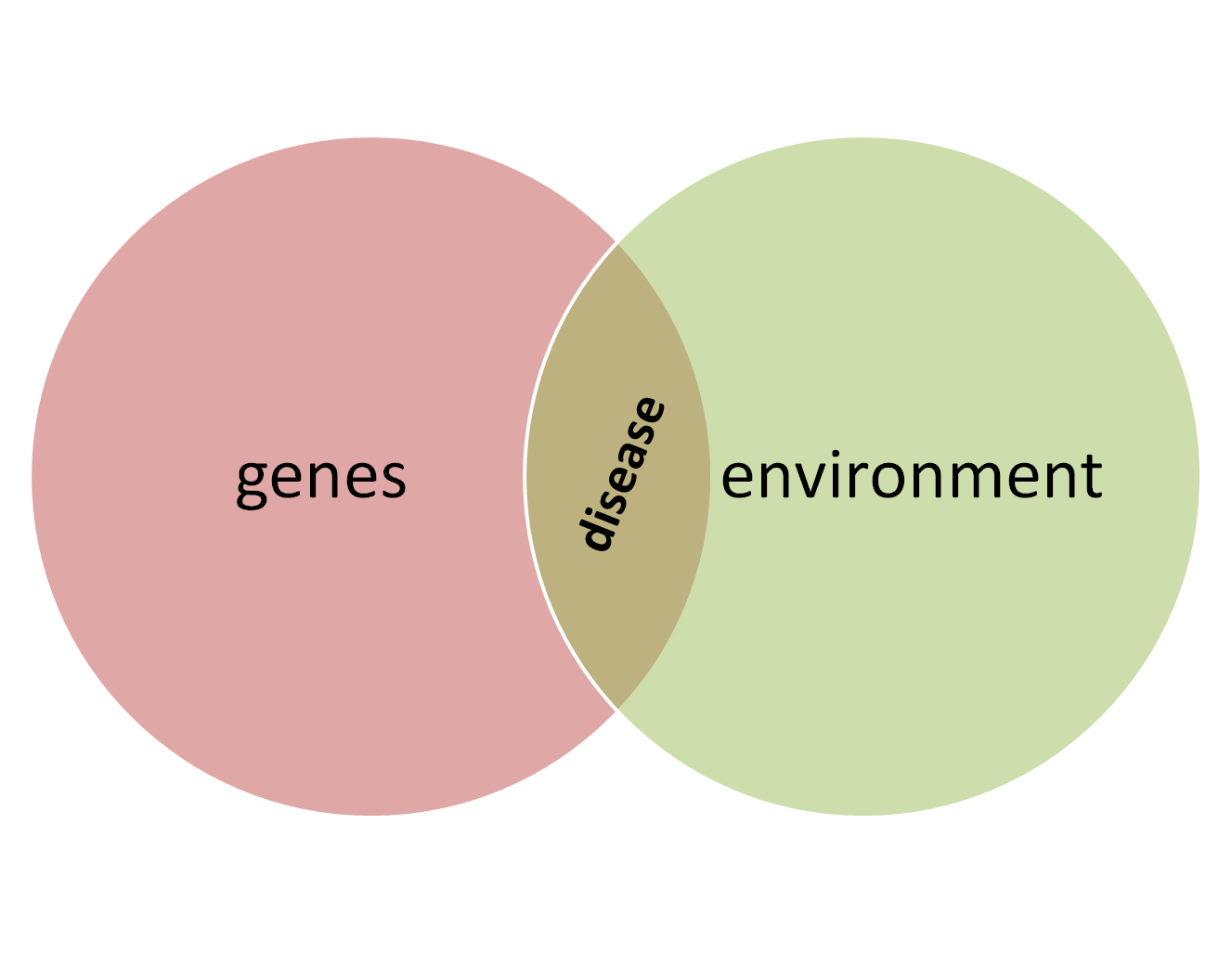





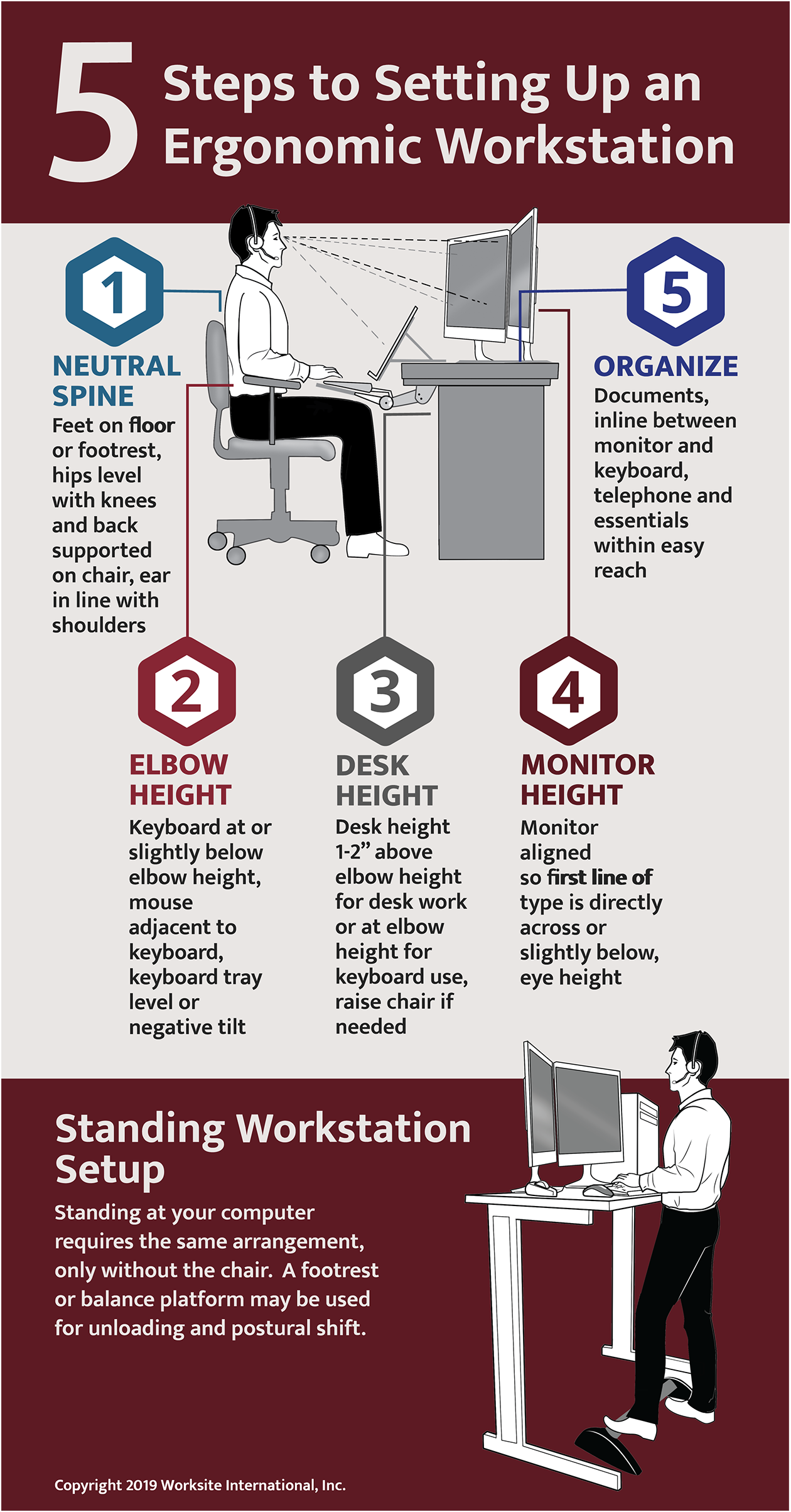
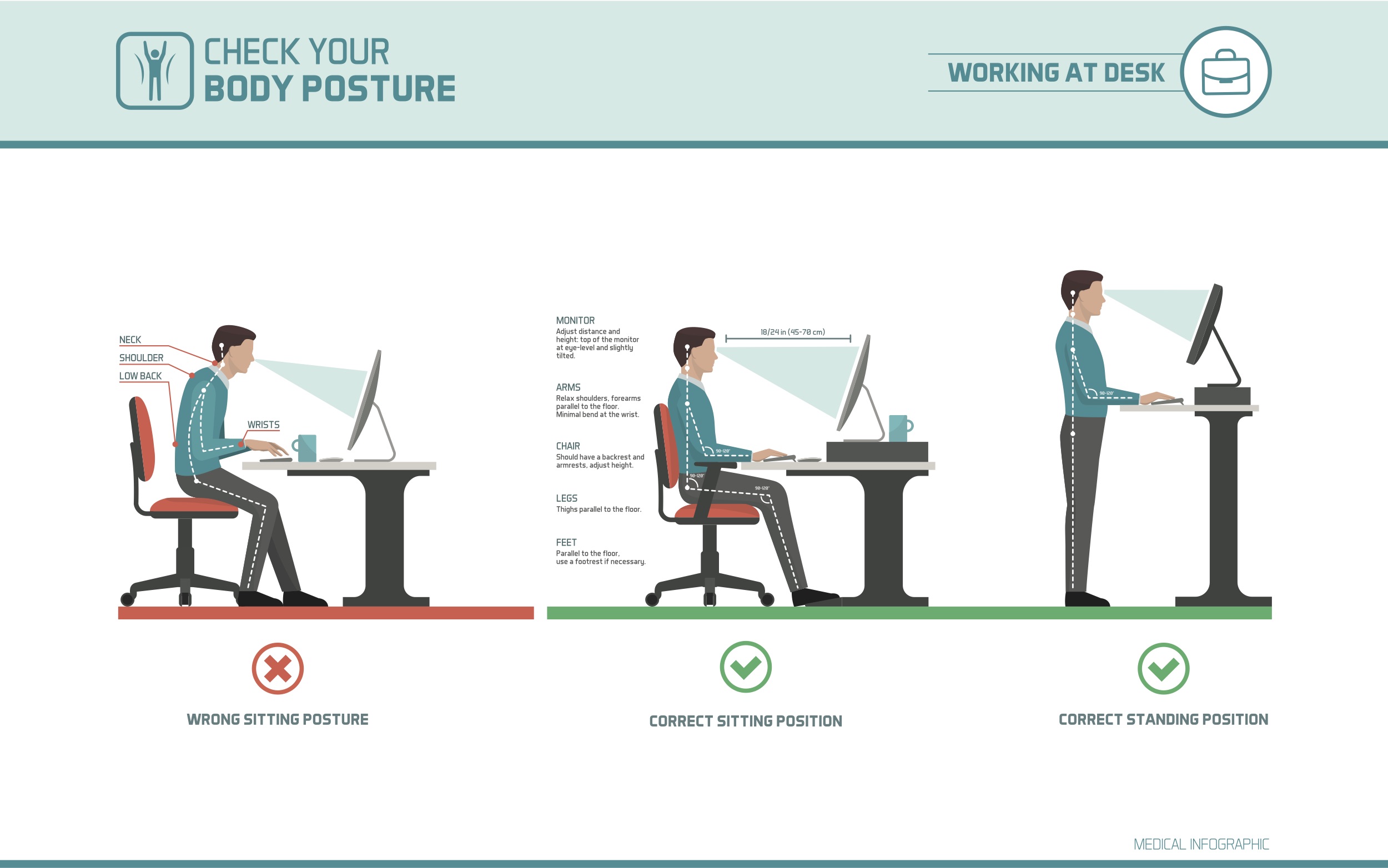
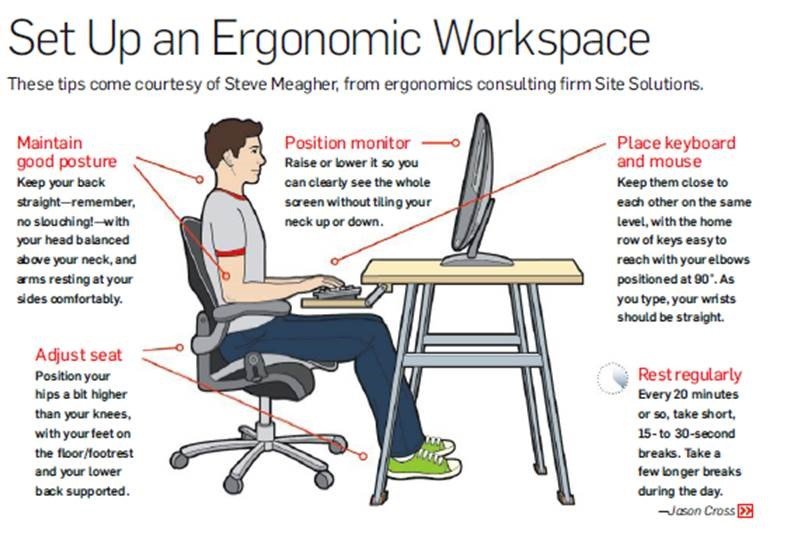





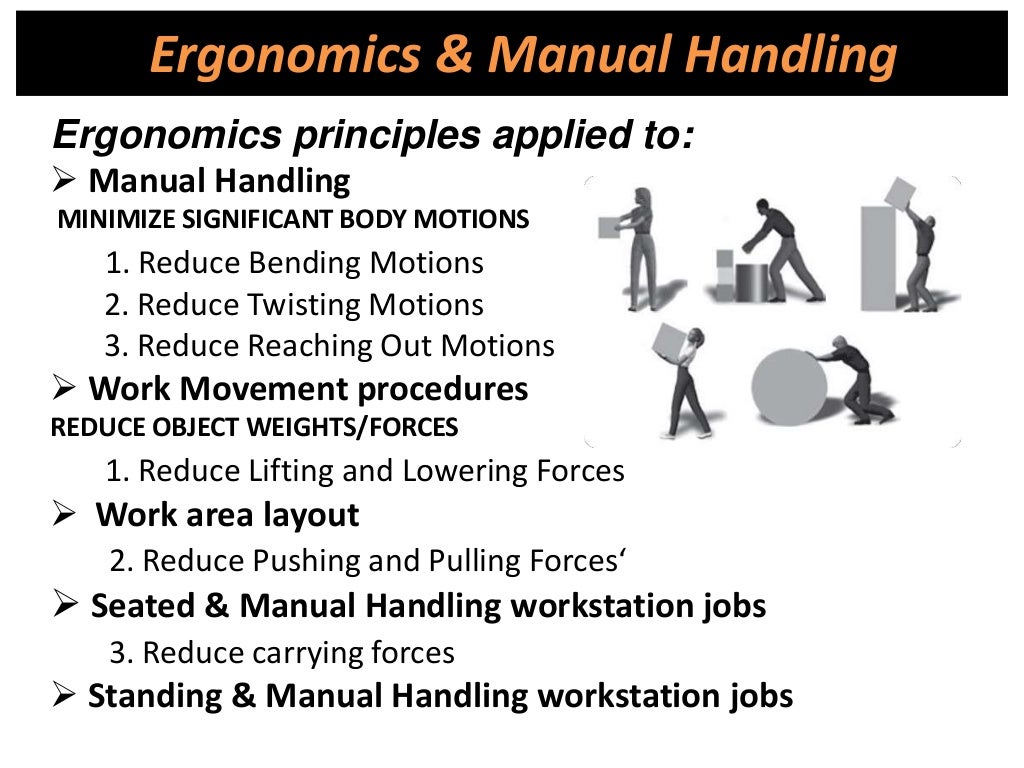

/Christmas-tree-1848-56a486a85f9b58b7d0d76b54.jpg)



























